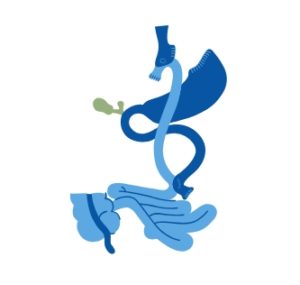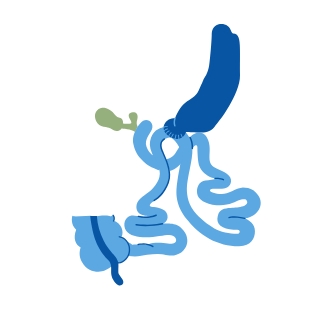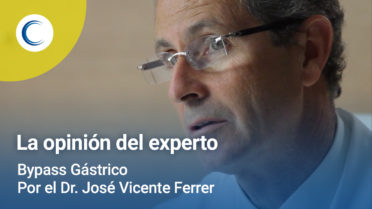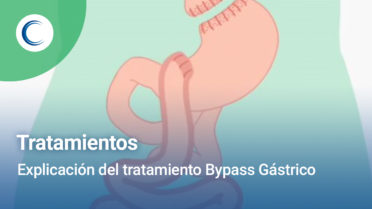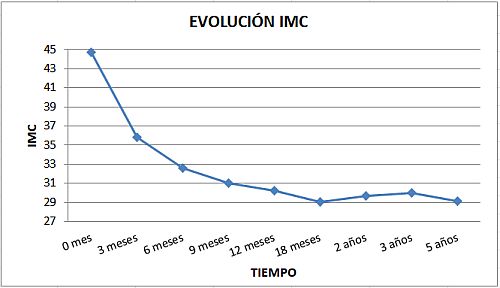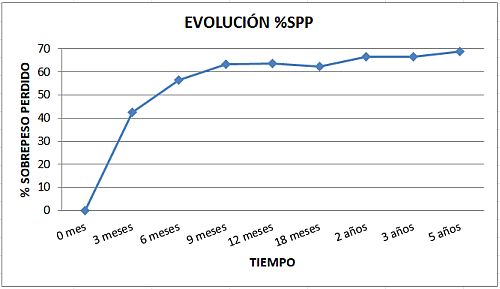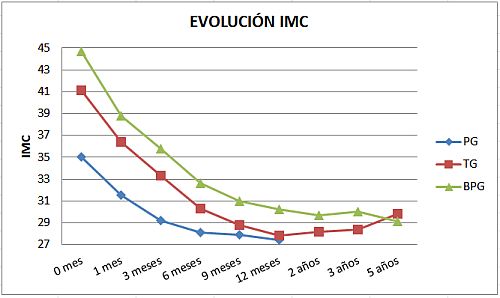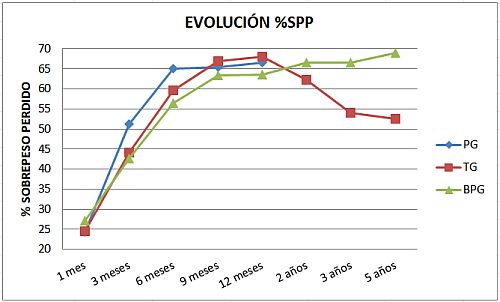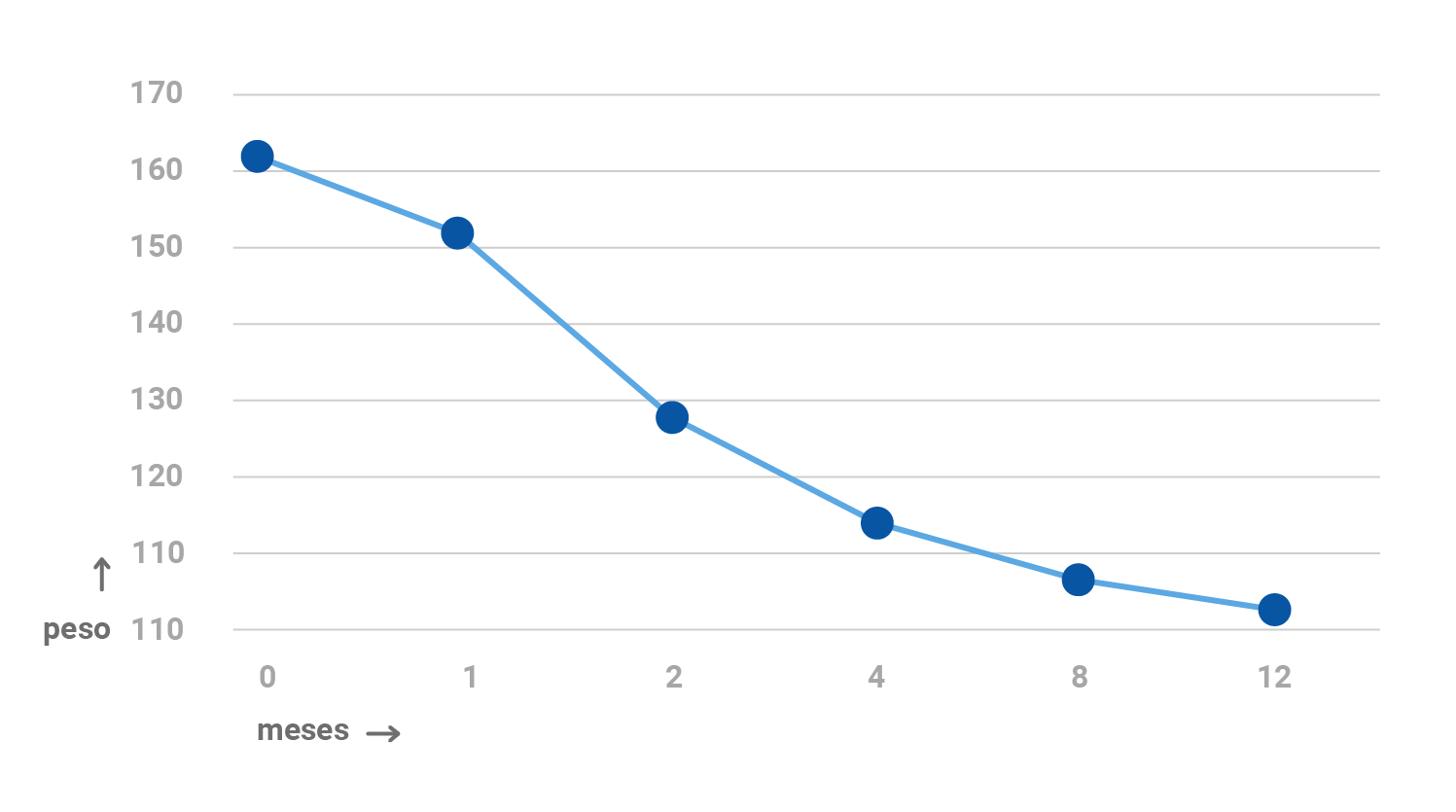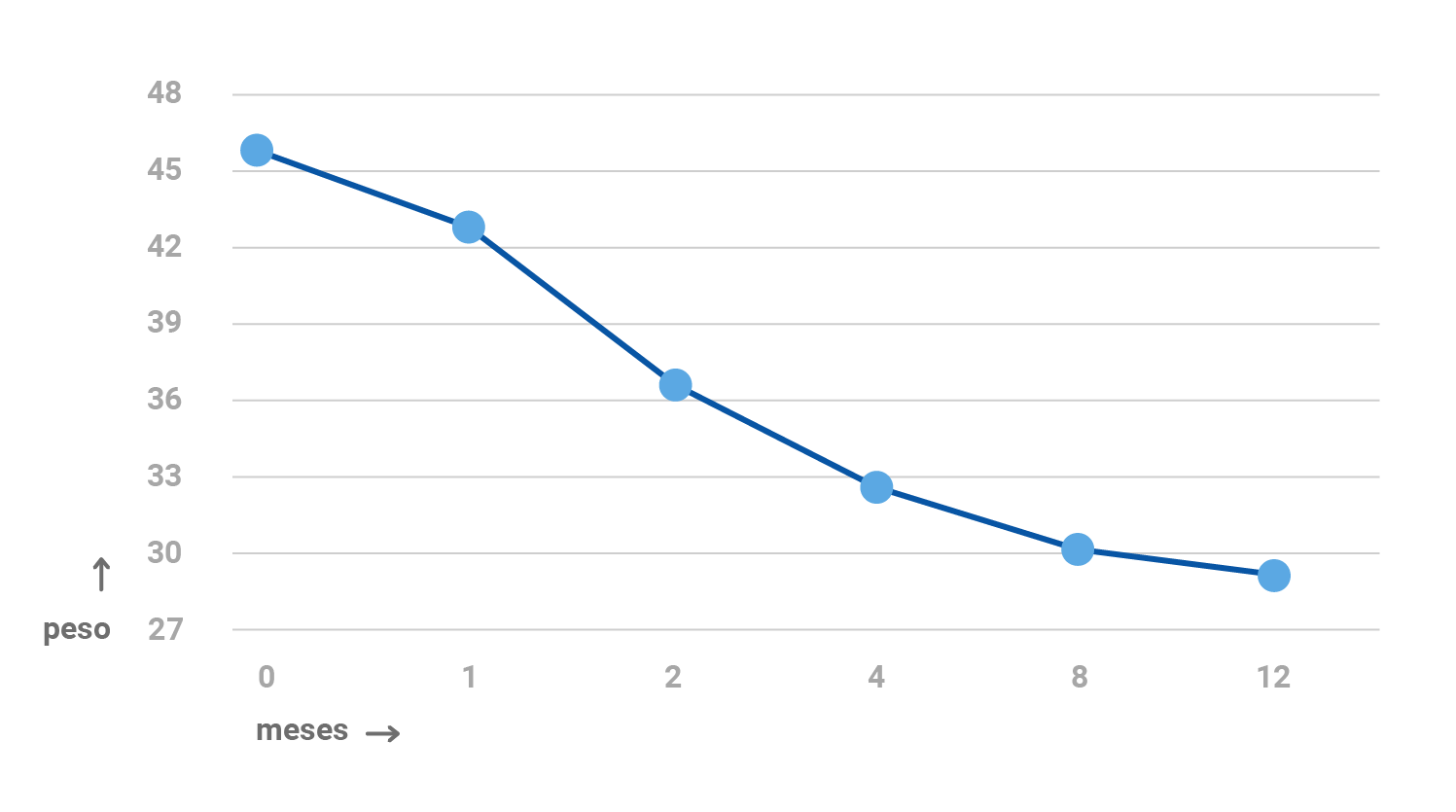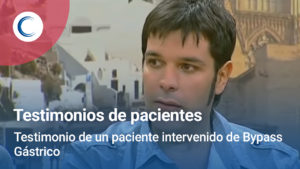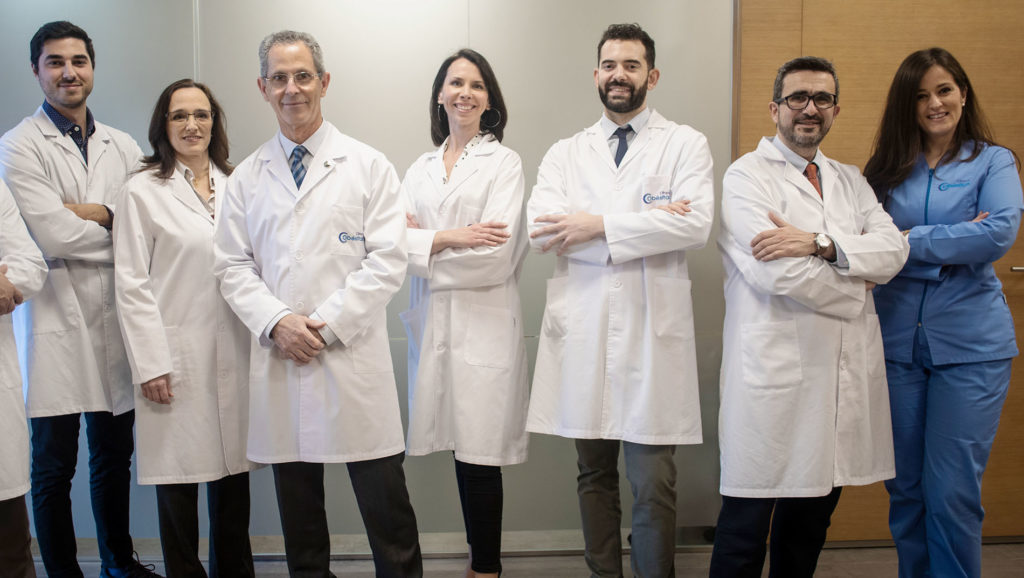Treatments
Gastric Bypass / SADIS
Gastric Bypass
Bypass tipo SADIS
Pioneers in the New SADIS Bypass, more physiological and effective, better quality of life
- Pioneer in Spain and trainers in the SADIS technique.
- Mini-invasive technology or DaVinci Robotic Surgery, more advanced.
- Fast Fast Track recovery with only 24 hours of entry.
What is the Gastric Bypass / SADIS?
The operation of "Gastric Bypass", is the most contrasted and known for the treatment of obesity. In addition, the "SADIS type Bypass" (Gastric Sleeve + duodeno-ileal Bypass) is a new technique derived from the Gastric Sleeve, which achieves a more physiological Bypass, with fewer possible adverse effects, less need for vitamins and better quality of life.
Find out more

Learn more about the SADI-S Bypass
Bypass type SADI-S, more physiological, more effective, fewer complications.
- Bypass operations seek to bypass the duodenum and part of the jejunum, in addition to a small stomach that slows down large meals.
- The new Bypass type SADI-S, achieves this effect, maintaining a small stomach but with normal function (a Gastric Tube), and performing the derivation or Bypass with a single intestinal union, more physiological, and avoiding the crossing of intestines of the classic Bypass.
- A Gastric Tube is made, drying the gastric bag that allows the patient to eat large quantities, respecting the noble parts of the stomach: inlet and outlet valves, arteries and nerves that allow a completely normal functioning of the stomach.
- A 300cc bypass is performed from the blind, connecting the duodenum with the ileum. This union is done in a simplified way, with a single union or anastomosis.
- The operation achieves the same effects as the operation of the Gastric Tube (a stomach that functions with absolute normality, where what fits in a dessert plate, with a strong decrease in ghrelin), plus a controlled malabsorption, which increases the effectiveness of the Gastric Tube, without causing malabsorptive problems that affect health or quality of life.
- The SADI-S bypass is more physiological.
- The stomach retains physiological function.
- By preserving the stomach, digestion is done normally (in the gastric bypass, digestion disappears as such, and is done by fermentation in the small intestine).
- The sensation of fullness is stronger and physiological, preventing possible dilations.
- The Ghrelina decreases more than in the Gastric Bypass, by the stomach pocket that is removed, achieving a greater effectiveness in satiety and emotional control.
- Less possibility of problems in the absorption of Iron, Folic Ac. and Vitanina B12, thanks to the preservation of the stomach.
- The union between the duodenum and the ileum, with the omega handle of the SADI-s:
- Prevents possible ulcers of the gastro-jejunal junction of the Gastric Bypass. This union is more artificial because it has a different anatomical and functional structure.
- Minimizes the possibility of internal hernias.
- That the digestive process of the food is carried out normally; the sensation that it transmits is normal (in the Gastric Bypass it is by fermentation).
- The sensation of fullness is stronger and physiological, preventing possible dilations.
- The Ghrelina decreases more than in the Gastric Bypass, by the stomach pocket that is removed, achieving a greater effectiveness in satiety and emotional control.
- The possible difficulty in absorbing nutrients is less than in the Gastric Bypass.
- The stomach can be accessed, if necessary, throughout the life of the patient (in the gastric bypass is done with difficulty, because it is isolated)
- To unite two very similar anatomically structures (duodenum and ileum), instead of stomach -thick walls- with jejunum -delicate walls- of the Gastric Bypass.
- The shunt below the stomach is more physiological. The possible appearance of anastomosis ulcers is greatly reduced.
- It allows the union on a single loop of intestine, without having to cross the intestine as in the Gastric Bypass, and avoiding possible internal hernias.
- The malabsorptive force obtained in the SADI-S type Bypass is a little greater than in the Gastric Bypass, although thanks to maintaining the stomach, there are fewer problems with the absorption of Iron, Folic Ac. and Vitanin B12.
- Avoids biliary reflux and biliary gastritis/esophagitis: The SADIS type Bypass avoids biliary reflux from the Mini-Gastric Bypass or the BAGUA, where the union of the small intestine is made in the upper part of the stomach, without the protection valve that exists naturally. The contact of bile with the mucous membrane of the stomach and/or esophagus, in a persistent form, produces alkaline inflammation, which is difficult to treat and has even been related to the development of cancer 10 years after continuous exposure.
- In the SADIS Bypass type, the union is made below the stomach outlet valve, respecting that natural brake that avoids the repeated contact of the bile with the stomach and esophagus.
- Technically more complex. SHOULD ONLY BE CARRIED OUT BY TEAMS WITH A LOT OF EXPERIENCE.
- Greater malabsorptive force, which could lead to some specific problems, forcing us to take more care of our diet.
- Totally normal life.
- All types of food are tolerated.
- A healthy diet should be eaten: Not sweet, not fatty.
- An active life and moderate exercise should be carried out.

Learn more about the Classic Gastric Bypass
Gastric Bypass in Y de Roux, a safe and effective technique with more than 30 years of experience and improvements.
The gastric bypass surgery consists of two fundamental parts:
- Create a smaller stomach: The patient eats what fits in a dessert plate. (The residual stomach is left to perform its endocrine functions)
- A Bypass of the intestine is performed: The food is not absorbed until it has made a journey of 100 to 200 cm, depending on patients.
- The Gastric Bypass, is the most used obesity intervention and with more than 25 years of history, on which all other operations are compared.
- It is the most contrasted operation in terms of long-term results. Until now it was the operation with malabsorption, which presents fewer complications in the long term.
- Gastric Bypass patients have an excellent quality of life, and can make a totally normal life, without restrictions.
- In patients with BMI > 45 and < 54 (this intervention should be considered).
- In patients who are compulsive snackers and unable to control their impulses with food, and in those who eat sweets very frequently and uncontrollably.
- Significant family burden of obesity (more than two family members with severe or morbid obesity)
- Good quality of life in that you can eat everything, and do not suffer from flatulence or diarrhea as in the minigastricbypass or duodenal cross.
- The patient has to do less of his part.
- Good control of hunger (due to the reduction of Ghrelin).
- Successful safer treatment and greater weight loss.
- Highly contrasted and effective procedure in the long term (more than 25 years of evolution of the operation).
- The patient must take vitamins for life, and annual check-ups are necessary. Finally, time shows that the patient does not experience this as a nuisance, and that this in no way detracts from the quality of life of the operation.
- Possible excessive weight loss (very rare with current techniques).
- The operative risk is somewhat higher.
A small stomach 4x2 cm, with a perfectly tubular shape, and subsequent plication of the section line, which gets:
- Greater effectiveness in weight loss.
- Less possibility of future dilation.
- Less gastro-sphagic reflux problems.
- Reduced frequency of marginal ulcer.
- Lower incidence of postoperative bleeding or leakage.
- Hourglass effect.
- More Effectiveness in Weight Loss
- Minimal incidence of intestinal obstructions.


